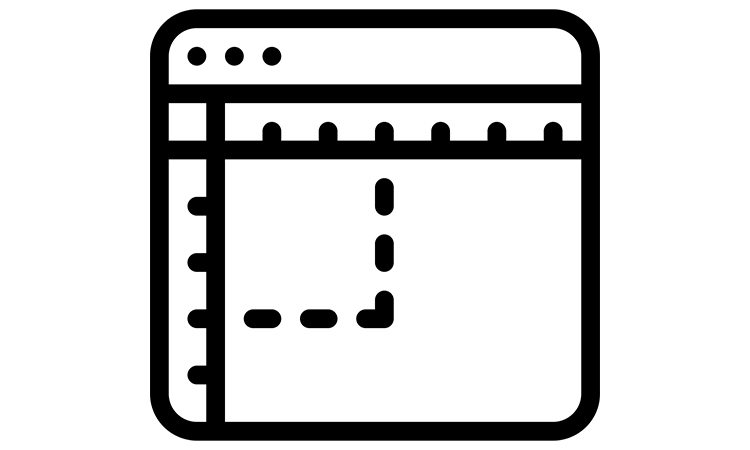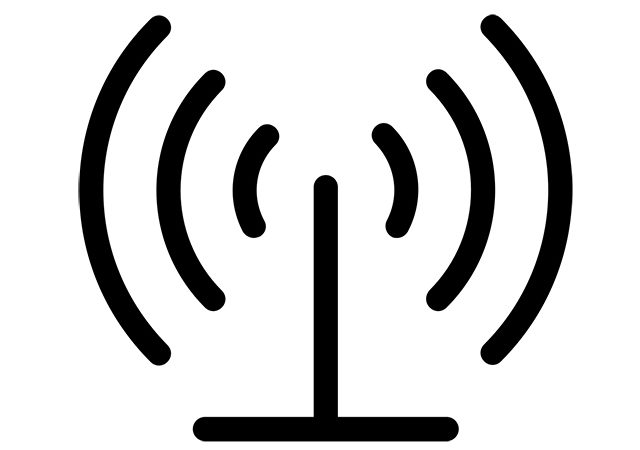This post answers two questions: What is IoT and how it works? What is IoT architecture? Before creating an IoT solution, it is important to understand its structure in global terms.
The typical picture of an IoT solution, as was said previously, consists of devices, connectivity networks, applications, application platforms, and the incorporation of this solution into the business process. Schematically this relationship is shown in Figure 1.
Figure 1. IoT system block diagram.
• Network: provides connectivity between devices, applications and IT systems;
• IoT application platform: the general basis that is common for a set of applications, supporting the IoT system;
IoT architecture describes the IoT product and final system elements, their relationship and design principles. The IoT system conceptual element is function, service or data. The actual IoT system element is a technology building block. The blueprint is the description of desired construction. The term reference architecture is the biggest set of elements that describe the IoT system. Applied architecture is the blueprint of a desired IoT system.
The architecture can be described from the following points of view:
• functional;
• deployment;
• process;
• information.
The methodologically of an IoT system architecture is schematically outlined in Figure 2.
Figure 2. IoT system architecture methodology.
Functionally an IoT solution consist of the follwing levels:
- Asset level: providing functionality within the solution and representing the real elements of the environment, monitored and tracked, and represented digitally;
- Device level: providing functional capabilities of sensing and actuating, and is the transitive element between digital and analogue representation forms;
- Communication level: provides connectivity between devices and resources and computing infrastructure to execute service support and application logic (usually LAN or WAN);
- Service enablement level: services and tasks that happen in data centres and server farms. Processes executing on this level are software upgrades, diagnostics and others;
- Data and information layer – the set of functions, like data models, information levels, knowledge and others;
- Application layer: the array of applications in industry;
- Business layer: the level where incorporation of IoT applications into the enterprise system occurs: the enterprise systems here are CRM, ERP, BSS and others. This level provides access of third parties to data and information via IPAs.
- Management level: the level where IoT system parts communicate with management operations (like maintenance, administration, and others);
- Security level: the level responsible for system data and processes security from external threats.
- Data and services level: responsible for data collection, simple or complex sensing-actuation control loops.
All these functional levels are required to build IoT solutions. In order to build your IoT system you may want to buy some IoT components on Digi-Key Electronics website.
If you like the post, please share it in social media via links below.






